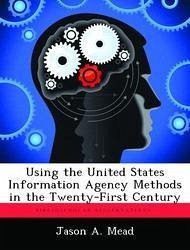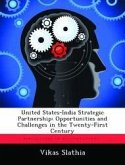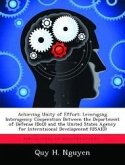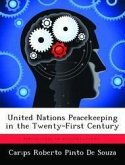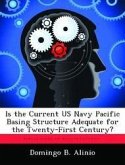The U.S. Information Agency (USIA) was founded in 1952 to coordinate communication with the international community during the Cold War. Since being disbanded in 1999 many government officials have realized that the ability to communicate globally has diminished. By examining the methods the USIA used to communicate internationally, applications can be found to guide the United States Government toward similar methods in the twenty first century. One of the most successful methods of communication was establishing overseas American libraries. Another method the USIA used was addressing the issue of propaganda and how it could affect the strategic communication to other countries. Propaganda, the USIA determined, could be harmful only if it deliberately and consistently misled a populace. Another method of communicating effectively was with consistent interaction with other government departments. In its time, the USIA was an integral collaborator with the State Department and the DOD, and accomplished significant achievements when utilizing interagency cooperation. Similar integration between government components is necessary to achieve a comprehensive and coordinated level of strategic communication in the twenty first century. More effective communication can be achieved in the future by understanding how it was achieved in the past.

